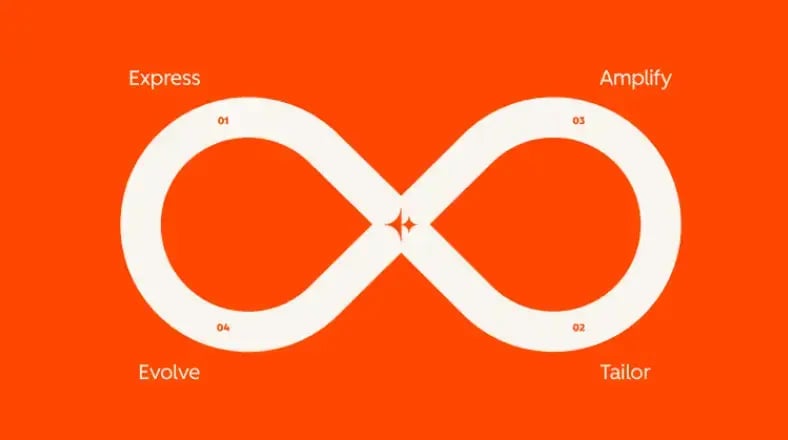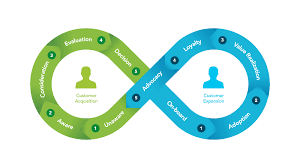Which loop adapts better for multi-division enterprises?
HubSpot’s Loop excels at rapid campaign iteration. The TPG Loop adds governance, taxonomy, SLAs, and one scorecard—so multiple divisions operate differently but report the same.
For multi-division or multi-brand organizations, the TPG Loop adapts better. HubSpot’s Loop uncovers what works in each market fast; TPG layers enterprise governance—standard properties and picklists, Business Unit/permission patterns, SLA rules, and a single revenue scorecard. The result: local teams keep flexibility while leadership gets consistent definitions and comparable metrics.
How Each Model Scales Across Divisions


Enterprise Needs the TPG Loop Addresses
Multi-Division Fit: HubSpot Loop vs. TPG Loop
| Dimension | HubSpot Loop | TPG Loop | Best-of-Both Practice in HubSpot |
|---|---|---|---|
| Governance & decision rights | Team-level review of campaign learnings | Revenue council with clear approval paths | Monthly council uses a common scorecard to approve changes |
| Taxonomy & data model | Flexible fields per program | Locked properties & picklists (ICP, roles, stages) | Create global properties/datasets; restrict ad-hoc fields |
| Business units & permissions | Local speed and autonomy | Partitioning & permission standards | Use Teams/Business Units; share templates, restrict records |
| Handoffs & SLAs | Workflows accelerate follow-up | Timers, queues, acceptance rules, recycle codes | Global SLA workflow with BU-specific time targets |
| Reuse of assets | Tailor/Amplify variants | Approved narratives & playbooks | Central library; BU clones variants with locale rules |
| Reporting & finance | Campaign/engagement analytics | Enterprise pipeline, velocity, win rate, NRR | Shared datasets & filters for BU/region/product views |
How to Operationalize at Enterprise Scale (HubSpot)
Start by publishing a global taxonomy: ICP tiers, buying roles, lifecycle definitions, deal/ticket stages, and rejection codes. Create these as governed properties and lists in HubSpot and document naming/UTM conventions. This lets every division test locally while rolling results up cleanly.
Implement Business Units/Teams and permissions to separate brands or regions, then centralize templates, sequences, and playbooks in a shared library. Wire SLA workflows to create tasks, timers, and escalations; allow BU-specific thresholds but keep the trigger logic identical so metrics remain comparable.
Build a single revenue scorecard from shared datasets: sourced & influenced pipeline, stage velocity, win rate, time-to-live, renewal rate/NRR. In a monthly revenue council, approve which Tailor learnings are promoted to enterprise standards and where divisions can localize. That cadence preserves speed and standardization.
Frequently Asked Questions
Give every division speed—and leadership comparability
We’ll implement the TPG Loop on your HubSpot stack with governance, SLAs, and a single scorecard so regions and brands scale together.
Contact Us